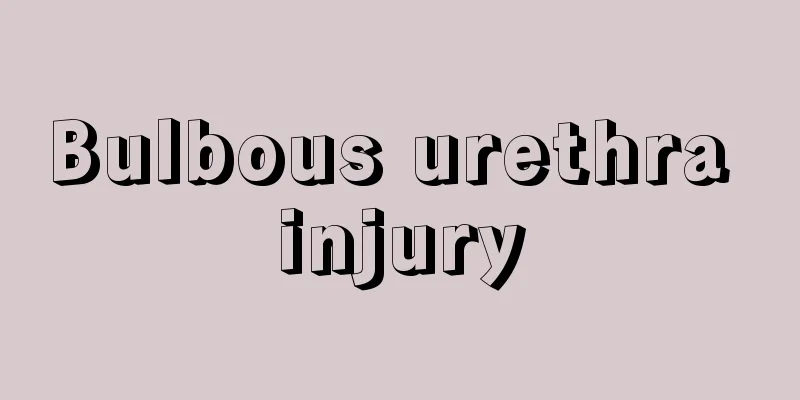Bulbous urethra injury

|
The bulbar urethra is an important part of the male urethra and can be injured due to various factors. In this case, surgery is a better way to treat bulbar urethra injury. A typical example is bulbar urethra injury repair and anastomosis. We must have a comprehensive understanding of the surgical situation, make all preparations for the operation, and strive to achieve the best treatment effect. Let us now learn more about this surgery. Indications 1. Difficulty urinating after injury, inability to insert a urinary catheter into the bladder, confirmed to be urethral rupture or rupture. 2. Patients with urine extravasation and large local hematoma after injury. Contraindications 1. Closed urethral injury lasts for more than 72 hours, and open injury lasts for more than 24 hours. Due to local tissue edema and congestion, urethral repair and anastomosis is not suitable, and only suprapubic cystostomy and urine extravasation incision and drainage can be performed. 2. If bulbar urethra injury is accompanied by other life-threatening tissue and organ injuries, other life-threatening injuries should be treated first. For patients with unstable injuries, urethral repair and anastomosis are not performed, only suprapubic cystostomy is performed. Surgical procedures The general steps of the operation are: ①Perineal incision to fully expose the entire bulbar urethra. ② Longitudinal incision of the bulbospongiosus muscle will reveal the injured part of the urethra. ③ Find the urethral stump and free it. ④ Anastomosis of the urethra. ⑤Close the incision and place drainage. ⑥Drain extravasated urine. Postoperative complications Bleeding, urinary extravasation, urinary fistula, infection, urethral stenosis. Postoperative Care Routine care, patency and fixation of urinary catheter and cystostomy tube, strict bed rest for 1 to 5 days after surgery, and then mainly bed rest with light activities; health education. Precautions 1. Properly secure the indwelling urinary catheter and flush it 2 to 3 times a day to keep it unobstructed. 2. Use antibiotics to prevent and treat infection. 3. Taking female hormones and sedatives can inhibit penile erection, especially young and middle-aged patients should pay more attention to this. 4. Be careful to prevent the incision from being contaminated by defecation. People with constipation should have an enema before defecation. 5. The rubber drainage sheet for incision should be removed 48 hours after surgery, and the urine extravasation drainage sheet should be removed daily starting from 72 hours after surgery according to the disappearance of local swelling. 6. The catheter left in the urethra should be removed 7 to 14 days after the operation. 7. For patients who have difficulty urinating after surgery, the urethra can be dilated once before discharge. For those with difficulty urinating, the cause should be identified and urethrography or urethroscopy should be performed if necessary. If it is due to local scar hyperplasia, regular urethral dilation should be performed. |
<<: What is the reason for the pain in the hand bowl
>>: Fat man's inner thigh abrasion
Recommend
I have a pimple under my armpit. Is it painful when I press it?
A pimple under your armpit that's painful to ...
What kind of plants are better to put in a new home
In life, many newlyweds will decorate their homes...
Problems that breast cancer patients have to face after mastectomy
For women who love beauty, if they are unfortunat...
At what fever level should I take antipyretics
Fever is a very common problem. Fever is very har...
Baking soda plus sugar
Baking soda and white sugar should be two substan...
Early symptoms and signs of pancreatic cancer
The early symptoms and precursors of pancreatic c...
Introducing osteosarcoma prevention strategy
Osteosarcoma is a tumor disease with a high incid...
Dietary treatment for lung cancer
Experts say that after getting lung cancer, patie...
How much does melanoma treatment cost
How much does it cost to treat melanoma? This is ...
What is the best way to treat small cell lung cancer
Many older patients with small cell lung cancer a...
Can a thermos cup be used to hold tea?
Thermos cup is a water cup used by many office wo...
How to treat psoriasis in children?
We all know that it is very common for children t...
Basal metabolic rate
The health of the body also requires comprehensiv...
Can aloe vera absorb radiation?
As people in modern society conduct more and more...
What ointment is good for sun rash
The scorching sun seems to pay special attention ...









